

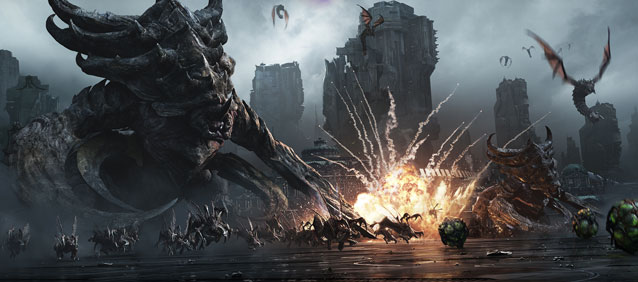
Note: the following editorial contains spoilers for the first half of Starcraft II: Heart of the Swarm.
Heart of the Swarm is the story of Kerrigan and her fight against the Dominion Emperor Mengsk, but more properly it is the story of Kerrigan's various adventures as she seeks to unite the Swarm once more under her banner as she goes about her vendetta. Typically in real-time strategy, such as the Command & Conquer games, for example, each battle is a self-contained story and one segment of a larger whole, but in Heart of the Swarm battles are each part of smaller "chapters" that make up the larger story.
What I mean by that, and series veterans already know this, is that Heart of the Swarm contains groups of battles. It goes like this: we get three scenarios at the world on which Mengsk's son is attempting to bring Kerrigan back into the Terran fold, at which point Greater Mengsk sends his forces in to try to kill Kerrigan. Then, at the conclusion of the rid battle, we are told that Raynor has been killed, which sends Kerrigan into a frenzy. She decides the Dominion is the enemy, and and so she wants to reclaim the Swarm to wage war on them.
After that, you have options. You can go to the frozen world of Kaldir to save the Swarm there from some Protoss, or you can go to the decidedly not-frozen planet Char to wrest control of the Swarm there away from a Zerg queen. In either case, the trip is not just about one battle, as you might see in other games, but three.
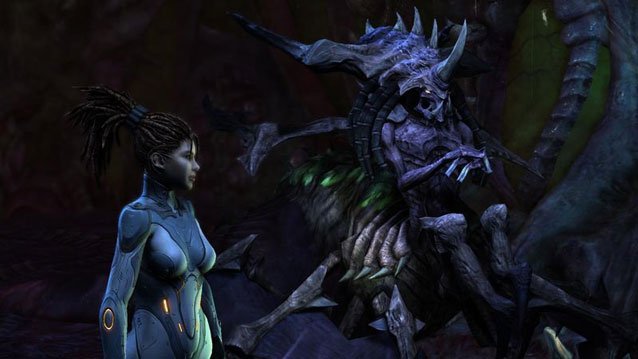
After completing one of those planets, the Zerg home world Zerus opens up, and you can go there for three more battle as Kerrigan attempts to grasp to immense power of the feral Zerg. This trip is another three battles.
Having hub worlds for quests is not a new concept. We've seen it in many BioWare games, like Star Wars: The Old Republic, where each planet is a new questing area that you'll spend several hours on at minimum, or in Mass Effect 3, where you'll get a handful of battles on a few different planets. RPGs in particular love this kind of structure. Oh, and of course Wings of Liberty was also structured this way.
But I want to talk about it now so I can explain why such an approach is a good one. The biggest reason is that it makes the location itself feel more important than it would be otherwise. If going to Zerus was just one 30-60 minute battle, that location, which is important to StarCraft lore, would not stand out in the greater game. Sure, twenty battles spread out among twenty different locations might make for a more epic story, but then the story might be too epic for its own good. We don't really need that many locations in the game, and six or seven planets to visit is a lot anyway, and having fewer places and allowing you to spend more time on each makes the scenarios themselves feel more significant as well.
A two-hour fight spread over three battle to keep the Protoss from wiping out the Swarm on Kaldir is better than a 45-minute one. It adds emphasis to that corner of the overall conflict. It makes the struggle to reunite the Swarm feel that much greater. Having three fights before Kerrigan can harness the power of Zerus, too, makes that experience feel like that much more of an accomplishment. When Kerrigan makes her transformation, it should be a big deal, but it probably wouldn't feel like it was if we got that done in one fight.
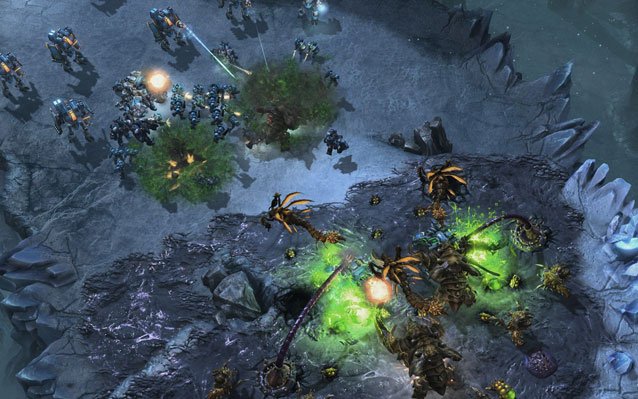
That putting each puzzle piece into place is a more significant achievement adds to the emotional rewards of beating the story, as well. There are enough locations that it still feels like a journey, but also there is enough emphasis on each location that no part of that journey feels slight.
What I like most about Heart of the Swarm's structure, though, is that it crams in all these hubs into the game without being overly long. RPGs like throwing in a bunch of hubs because RPGs like to be long as hell, but Heart of the Swarm does this while not dominating your life with the campaign. It probably helps that it's got online play to hook people later, and so Blizzard knows they don't need the longest campaign ever.
So the beauty of what Heart of the Swarm has done is that it makes its hubs not feel eternally large while still making them just big enough so you get the point. That, ultimately, is why this expansion's campaign works so well. They stuck with what worked, and it worked yet again.
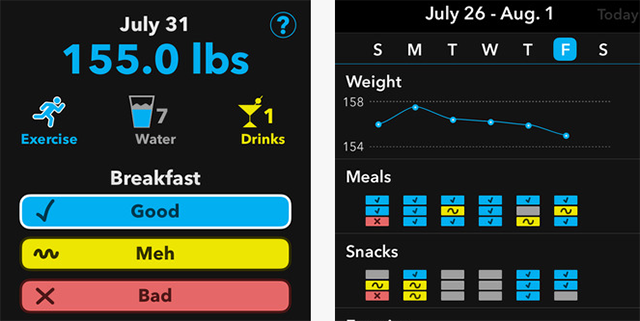
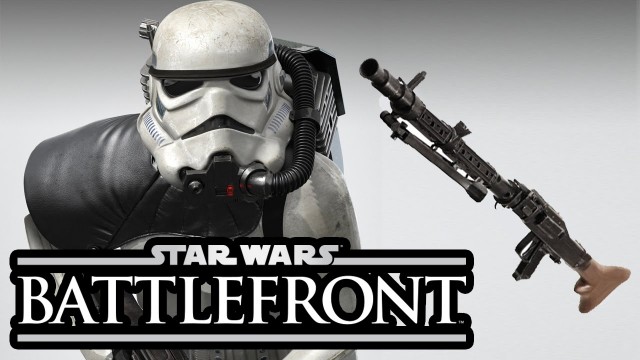
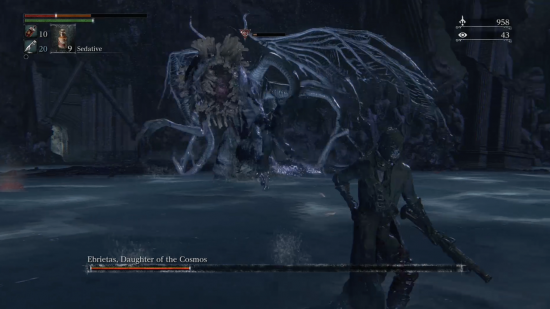

 Dark Souls 2 HD: PS4 vs PS3 Graphics Gameplay Comparison
Dark Souls 2 HD: PS4 vs PS3 Graphics Gameplay Comparison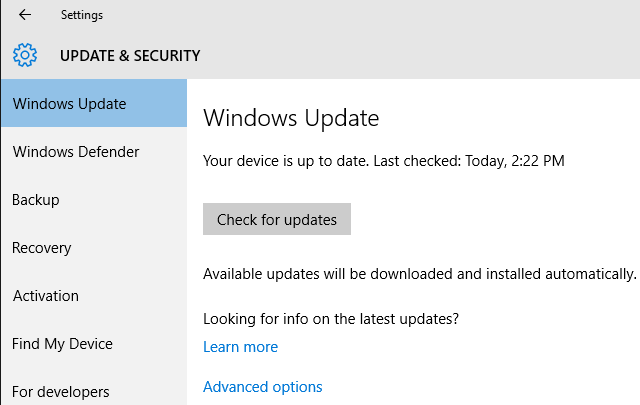 How to Upgrade from Windows 10 Home to Professional Edition
How to Upgrade from Windows 10 Home to Professional Edition Dead Space 2: Severed Walkthrough
Dead Space 2: Severed Walkthrough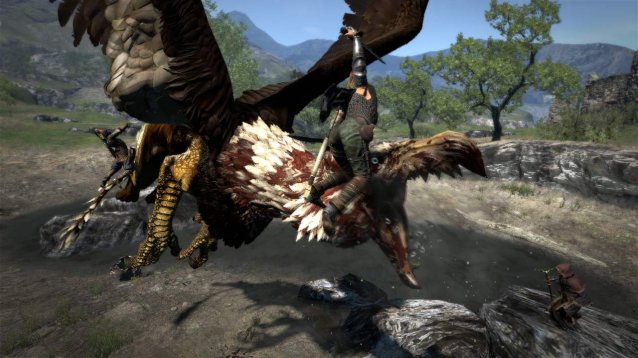 East Meets West: Whatever Happened to the JRPG?
East Meets West: Whatever Happened to the JRPG?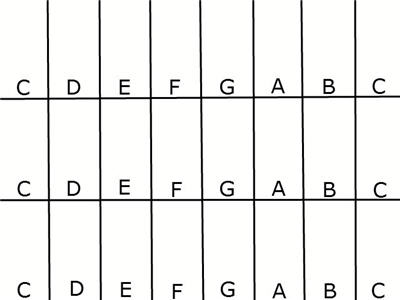 Change your Nintendo DSi into an Instrument
Change your Nintendo DSi into an Instrument